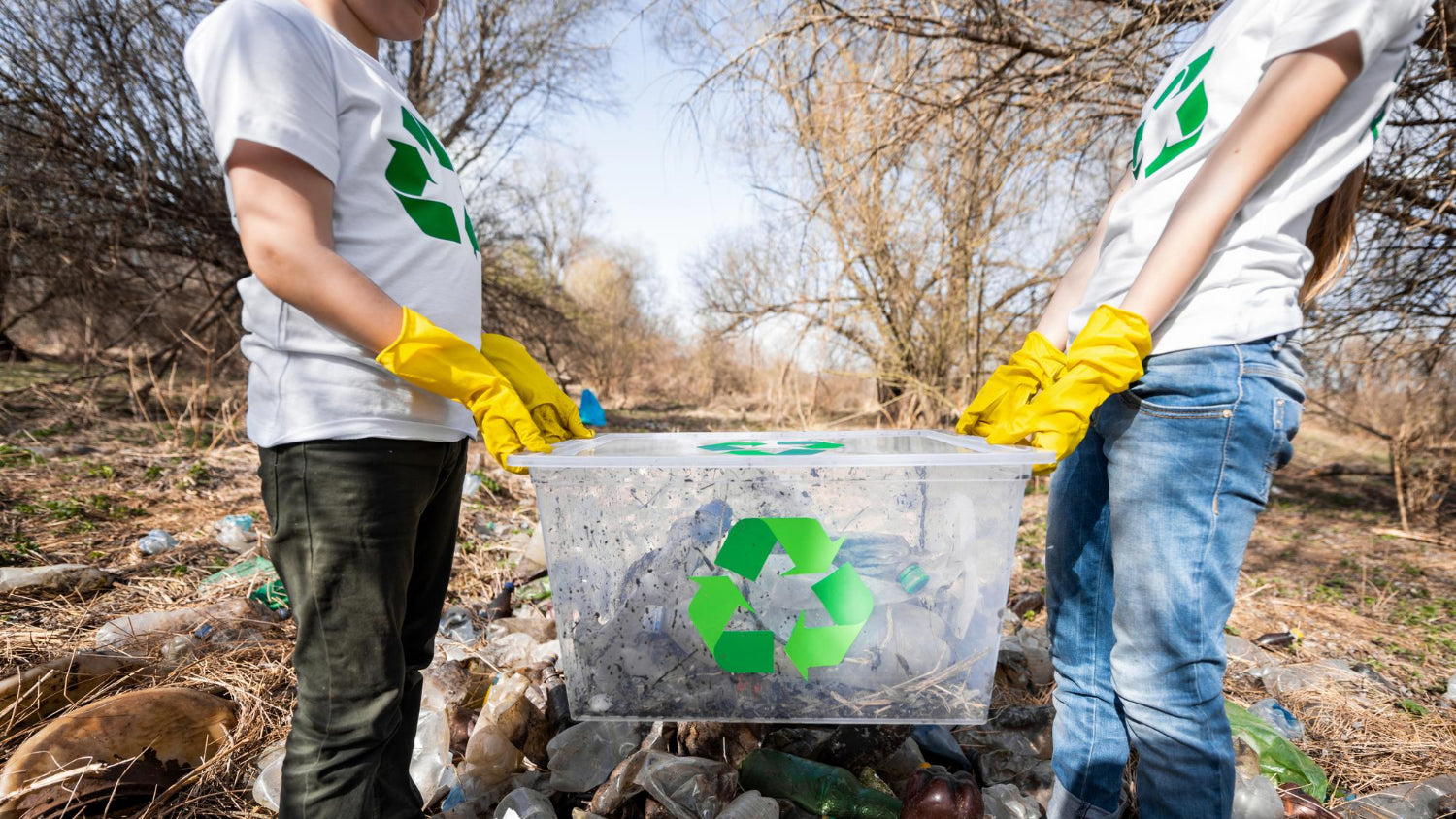Customer Care (10am-6pm Mon-Fri)
-+9172080 88720
Customer Care
(10am-6pm Mon-Fri)
+91-72080 88720

For the past decade, the medical world has been facing a whole new challenge: managing the waste it produces. When the pandemic struck back then, the amount of medical waste produced doubled. Studies by the United Nations say that on average, 0.5 kg of waste is produced by each bed in a hospital. It varies as developed countries have multiplied the counting of medical waste.
There are various depressing cases of medical waste leading to infection. Due to this, various steps for disinfecting the medical equipment are taken so that it is not disposed of but recycled. Still, there is a long way to go before there are any devices invented that can reduce waste. One such device is a needle burner, which serves the purpose of reducing carbon footprints.
But how do they work, and what is a needle burner? Within this article, we will discover in-depth information about the needle burner and its impact.

A needle burner is a device that ensures the safe disposal of needles, syringes, and sharp medical objects. It is a kind of machine that incinerates the needles when they are put in. The working of the needle burner is simple yet effective. Here's a breakdown of the workings of needle burners:
* Step-by-step process of working on needle burners:
Studies say that the poor disposal of medical waste has exposed people to various diseases like hepatitis, smallpox, and the spread of viruses. It has also caused deaths in several regions of the world due to recklessness while disposing of medical waste in landfills. It causes:
On the other hand, by using devices like needle burners, certain problems can be resolved. The dire consequences of medical waste say enough about why there is a need to have a systematic protocol. Here's how it can help reduce the carbon footprint:


But is the needle burner serving the purpose of reducing the carbon footprint? To some extent, yes, but not really. There is still a long way to go before we have an effective solution for medical waste management. But by the time it comes into existence, adopting these little techniques can be helpful. Technology is evolving every day, and new solutions are being actively formed to sort out the pressing issue of pollution in the healthcare industry. Remember, it is by little steps that one can make a great difference.
Leave a comment